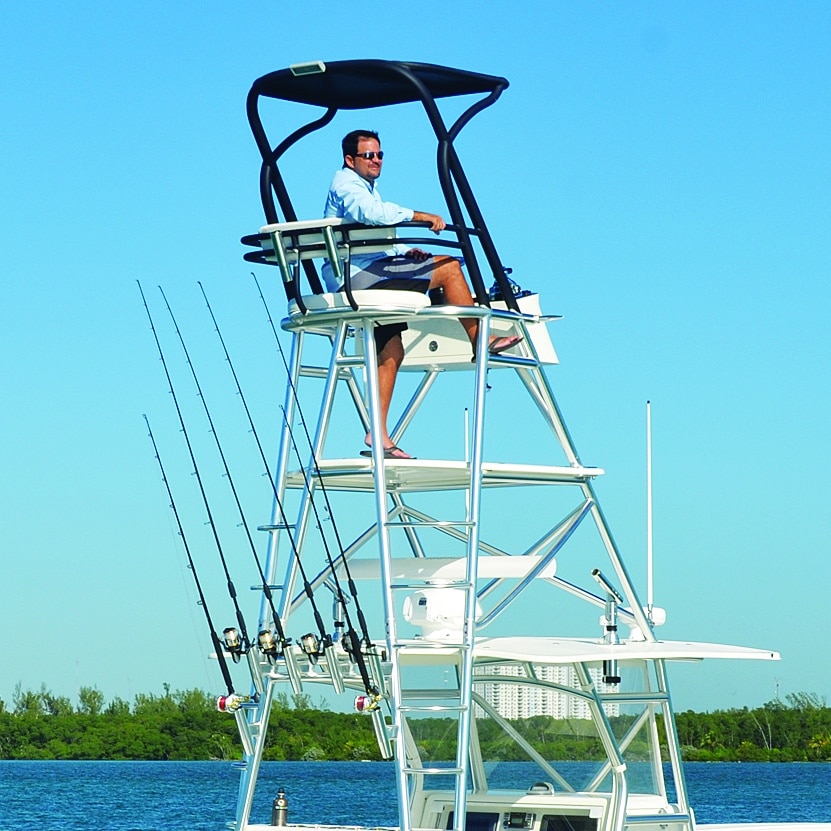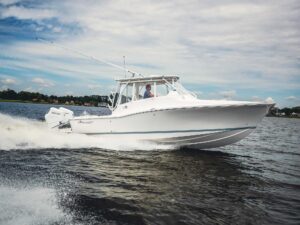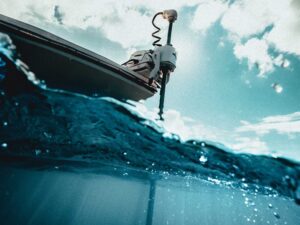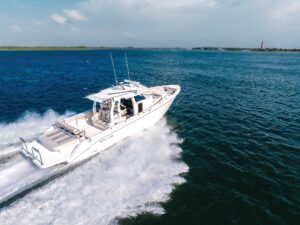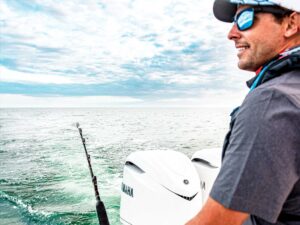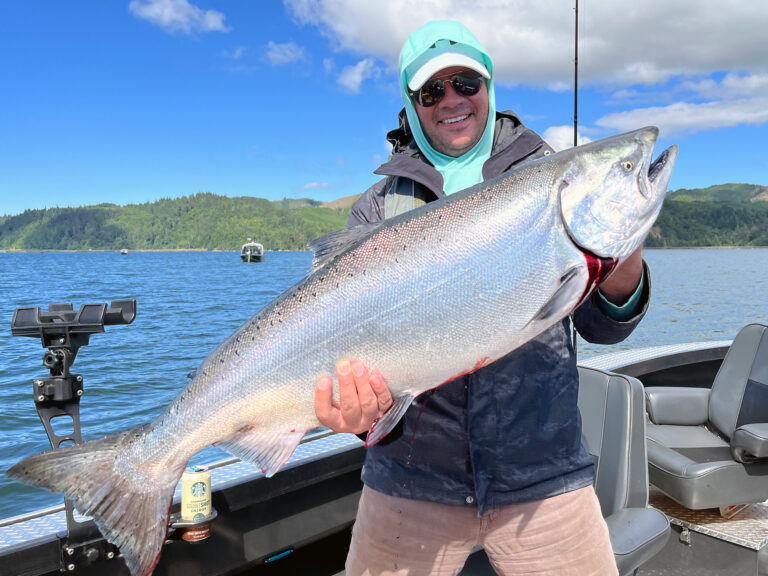On the water, elevation increases your chances of spotting fish and indicators such as bait schools, birds, kelp paddies, and weed lines.
Boating anglers who sight-fish for species such as bonefish, cobia, marlin, tarpon and redfish rely on elevation to spot their quarry. Some boats, like convertibles, are designed from the outset with flybridges offering built-in altitude. But there are other ways to get high on boats.
Casting Platforms
Casting platforms are usually 12 to 18 inches tall. Fishmaster’s Casting Platform ($275), for example, is 16½ inches tall, with a nonskid fiberglass platform that measures 32 inches across the back and 23 inches across the front. A quick-release turnbuckle device secures it to the deck.
Many anglers get double duty from a sturdy super cooler, standing on it to look for fish and cast, as well as using it to ice drinks and food.
Medium-size super coolers from brands such as Engel, Esky, Yeti and others work best. Yeti’s Tundra 45 ($349.99), for example, is rugged enough to support most any adult, and the nonskid feet on the bottom prevent the cooler from sliding around. It stands 15⅜ inches tall. Accessories such as deck tie-down kits and SeaDek EVA foam nonskid foot pads ($79.99) for the top make the 45 even better suited as an elevated casting platform.
Poling Platforms
Flats-fishing guides long ago recognized the importance of creating a higher vantage point. The solution took the form of poling platforms: lightweight aluminum-frame platforms that bolt to the aft section of flats skiffs. From on high, a guide can spot fish, as well as pole, more effectively.
Flats boats from builders such as Hell’s Bay and Maverick usually come with poling platforms. But you can also retrofit a boat with a poling platform from custom shops such as Blue Point Fabrication in Titusville, Florida, which sells a basic model for $700.
Some bay-boat owners also buy poling platforms but mostly for the elevation factor, as these craft are often too large to pole easily. Instead, bay-boat anglers often use bow- or transom-mounted electric trolling motors with remote controls, so the captain can run the boat from the platform.
The platforms generally range in height from 3 to 4 feet above the deck. Taller models have a step or two along the frame to make it easier to climb. Some can be accessorized with rod holders, removable safety rails, and even seats or leaning posts.
Top Ideas
If you’re ordering a new boat or outfitting an existing one, consider ways to get some extra elevation using a hardtop or T-top.
A common idea is to build an elevated lookout position on a hardtop. This usually includes a lightweight-aluminum frame (aka half-tower or mini tower) in which the spotter can stand, though many also have seats or leaning posts built into the frame. Most boatbuilders offer these as options on new models, and can even rig them with helm controls.
A second type dispenses with a frame; instead you sit on a seat on the hardtop itself with a recess below (extending to where you’d normally find the electronics box) for your legs and feet.
If you go with either of these ideas, think about how you will get up and down. You might need to have steps integrated into the frame of the top. Some tops also have openings through which you can access the lookout position.
Another method involves an opening in a hardtop or canvas T-top, which allows a spotter to stand atop the console for greater elevation. (Some have just a frame on top of the console with no top at all.) Adding nonskid tape such as 3M’s Safety-Walk on the console improves footing.
Most of the time, you need the expertise of a custom marine fabricator such as Birdsall Marine Design in West Palm Beach, Florida, or Marine Specialties in Oldsmar, Florida, to help you design and build these projects.
Make sure the top is sturdy enough to support the weight of a person or two, and that it won’t render the boat top-heavy. The fabricator and/or the original manufacturer of the hardtop can help you make these critical decisions. The cost for such custom projects can range from $2,000 to $15,000 or more.
Towers
Towers have separate frames and platforms (aka a crow’s-nest), and offer an ever-higher vantage point of view, as well as a higher price. Costs range from $5,000 to $50,000 or more.
Towers find their way onto all kinds of fishing boats, including center-consoles and large sport‑fishing yachts. In one of the most specialized tower applications, boats known as Texas sleds — flat-bottom or tunnel-hull boats with scant inches of freeboard — are rigged with towers for spotting redfish on the skinny coastal waters of the Lone Star State.
While many towers are rigged with helms, a fair number are not, designed solely for putting spotters aloft, who then communicate their sightings to the helmsman.
If you are ordering a new boat, it’s simpler to have the tower built and installed as part of the original purchase; you can integrate the rigging and fold the cost into the financing for the boat. If you wait until after the purchase or want a tower for an existing boat, you’ll need a company such as Birdsall or Marine Specialties to design and construct a tower that’s just right for your boat.
Altitude Warning
The taller your boat, the more likely you will wait at drawbridges. Also, on a trailer, your boat might exceed the legal height for highway vehicles (ranging from 13½ to 14 feet, depending on the state) or have trouble clearing overpasses. The best solution lies in having a fold-down structure, usually just the upper portion. A good marine fabricator will know how to build such a system.
Whether you’re buying a new fishing boat or outfitting an older one, use these tips to gain elevation, because the higher you get, the better the view and the more fish you see.
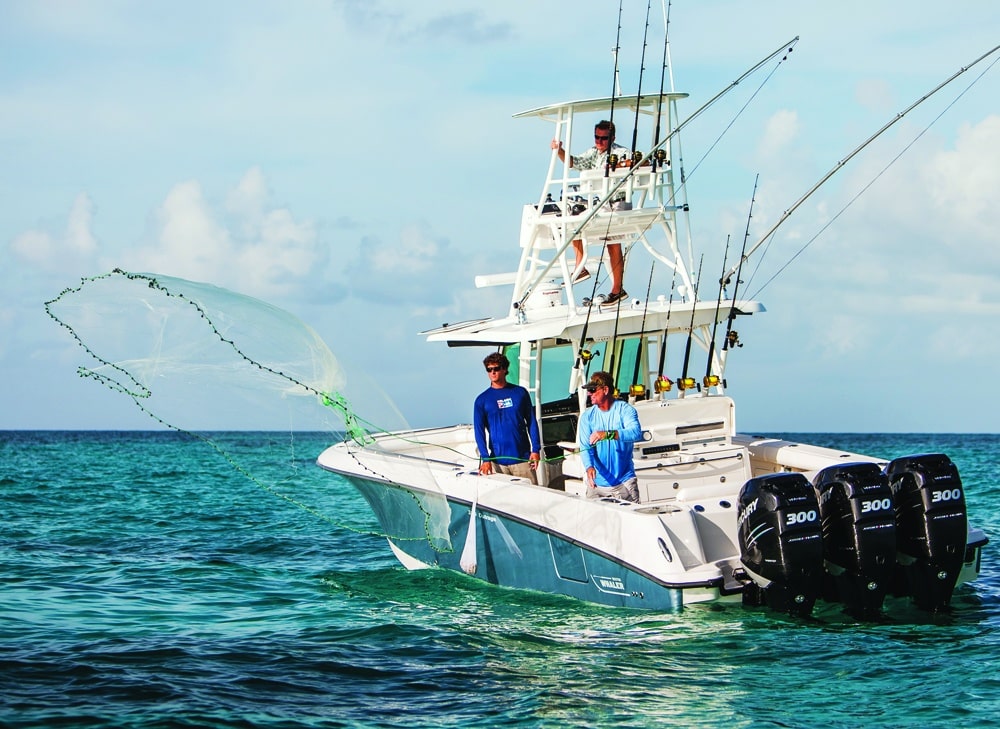
Getting Up in the World
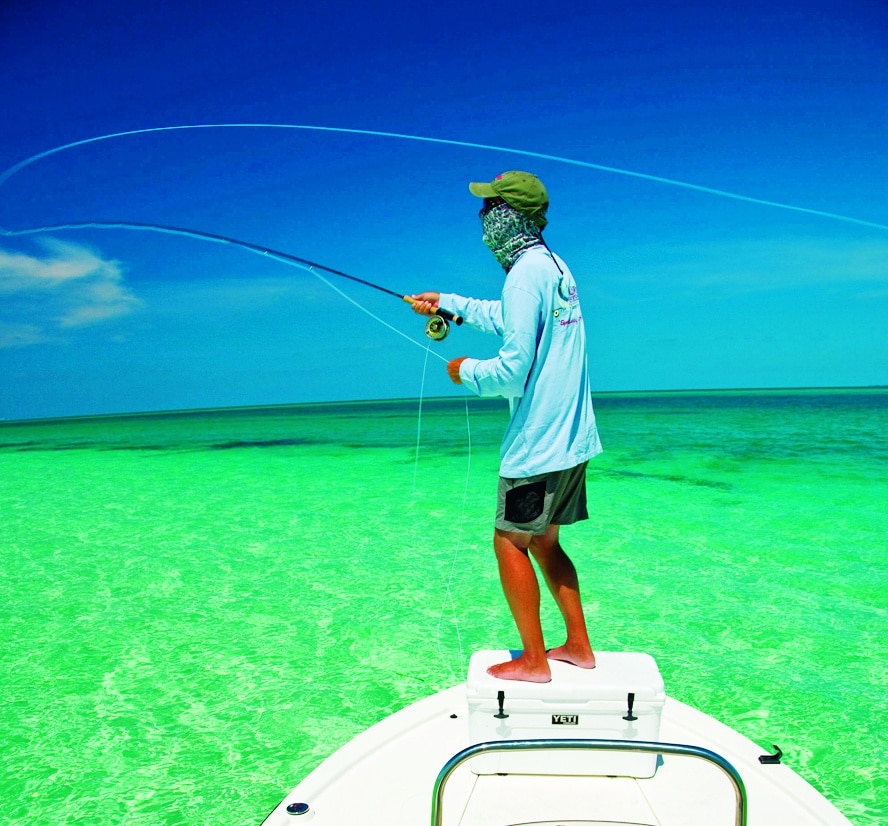
Standing Tall
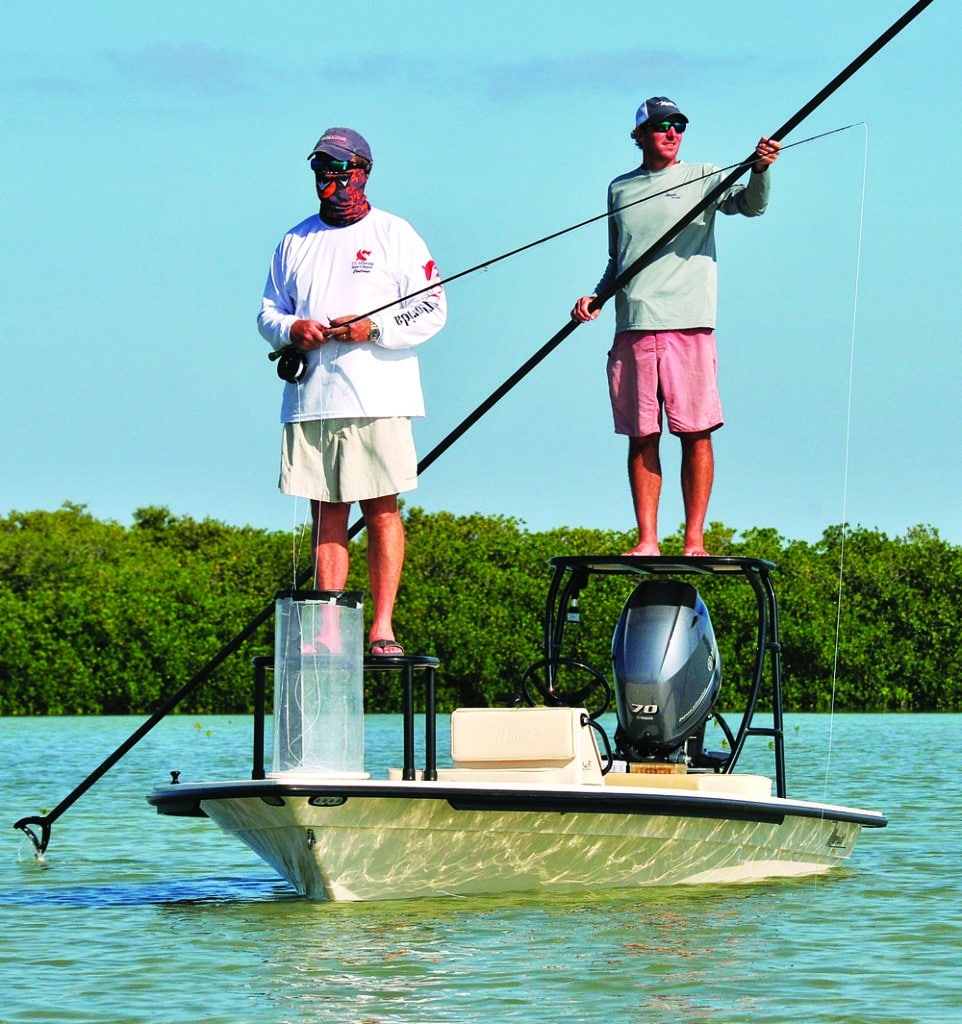
Platform of Success
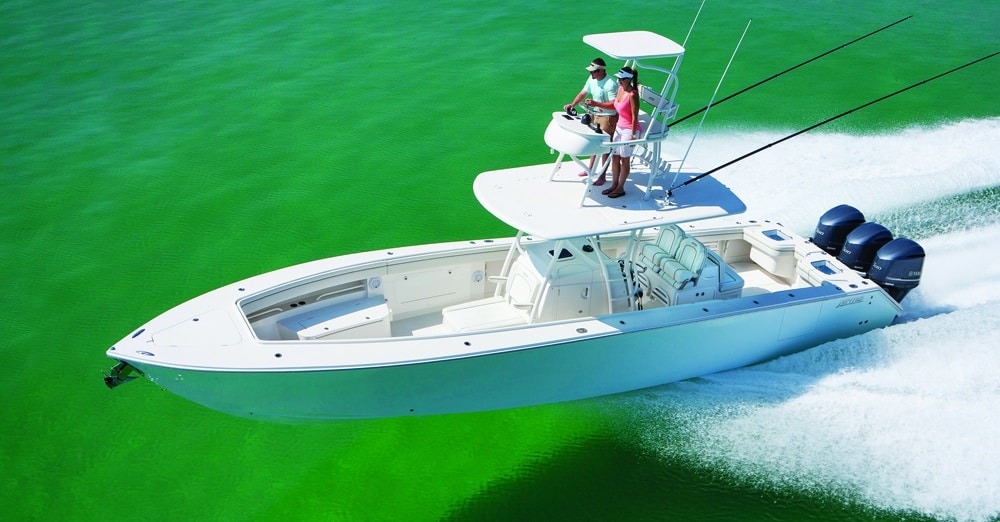
Towering Success
